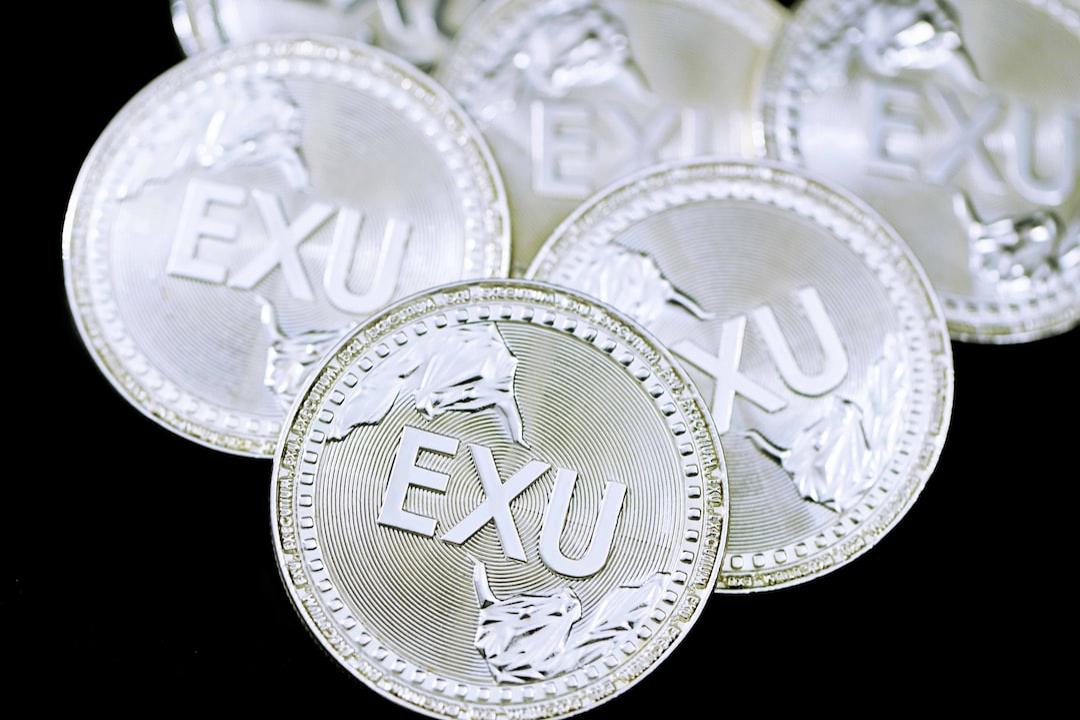Summary
U.S. national debt reached $37 trillion, while Congress raised the debt limit by $4 trillion.
Tariff revenues and spending cuts in several spheres don’t seem to impact the U.S. debt situation that much.
Proposed Bitcoin Act and stablecoin adoption are eyed as possible remedies for the U.S. debt; however, the Bitcoin Act may never be adopted.
The U.S. debt problem
The evaluation of the U.S. national debt varies, starting with the conservative assessment of $36.99 trillion and going up to $37.21 trillion. The debt amounts to over $108,000 for every person living in the country. Some experts use broader calculations. For instance, former Coinbase CTO Balaji Srinivasan claims the real figure is $175.3 trillion.
His estimate is based on the 2024 Financial Report of the U.S., which includes all government commitments, such as Social Security, Medicare, and pensions. Srinivasan believes the U.S. will never fully repay this amount. However you slice it, the times when the national debt clock was unplugged due to negative growth are long gone.
The Vietnam War, the 2008 financial crisis and bank bailouts, and the COVID-19 stimulus packages are only a few crises that significantly boosted the national debt. However, the debt has grown almost continuously over time.
While the debt has been rising with no immediate fallout, downplaying the problem is risky. As Greek economist and writer Yanis Varoufakis puts it, “Debt is to capitalism that which hell is to Christianity: grossly unpleasant but absolutely essential, since without it the system (economic system or Christian belief system) does not work.” Given the examples when the U.S. government faced defaults on debt in the past, there is no guarantee that it cannot happen again.
Tariffs and other methods aimed at reducing U.S. debt
The U.S. government demonstrates efforts to stop the debt from growing; however, some of the measures look like a desperate attempt to calm down the storm through casting magic spells. For instance, from time to time, Congress sets the national debt ceiling only to raise it higher once the previous figure is reached. The latest instance happened in May 2025, when Congress increased the threshold by $4 trillion.
The U.S. dollar is in high demand across the world as central banks see it as the most desirable reserve currency. They keep reserves in USD instead of national currencies, making the latter weaker. The demand for dollars makes the USD stronger, and it makes exports from the U.S. too expensive. At the same time, it is easier for Americans to buy foreign goods as they are produced in countries with cheaper national currencies.
Donald Trump aims to weaken the dollar to boost exports and reduce the debt. However, the Federal Reserve’s reluctance to cut rates, combined with Trump’s own plans to increase military spending and cut taxes (as proposed in One Big, Beautiful Bill), complicates these efforts.
Tariffs could make foreign central banks reduce interest rates, making national currencies weaker, so that Americans will pay the same amount of dollars for the imported goods that get more expensive because of tariffs. This, in turn, can improve Trump’s position during the negotiation phase, where he can dictate conditions tackling the U.S. debt problem, among other things. However, we have yet to see how efficient this plan is.
Despite reported immense July tariff revenues of $29 billion, we cannot speak about a substantial decrease in the national debt, especially given the ambiguous policies that boost spending through several avenues (for instance, via an increase in security spending). Interestingly enough, part of this revenue is paid by American citizens as they have to spend more on goods whose prices have increased due to tariffs. Tariffs account for less than 3% of the federal revenue, not a big threat to the U.S. national debt.
Cryptocurrency’s role
As cryptocurrency became a legitimate part of the U.S. economy, it cannot be isolated from the national debt issues. According to VanEck analysts, the adoption of the Bitcoin Act could offset the U.S. debt. The Bitcoin Act proposed by Sen. Cynthia Lummis suggests that the U.S. should use budget money to buy one million bitcoins by 2029.
VanEck projects that Bitcoin’s historical average annual growth of 25% would outpace the national debt’s 5% growth. By 2049, the debt could reach $116 trillion, while the U.S. Bitcoin reserve might be worth $21 trillion, covering about 18% of the debt. However, there is no indication that the U.S. is preparing to make such an acquisition.
Another popular narrative associated with cryptocurrencies and decreasing the U.S. budget deficit is the bloom of the USD-pegged stablecoins. As the stablecoins are in high demand across the world, they create pressure for the issuers to buy U.S. Treasury bills and dollars, thus increasing the demand for dollars. Tokenization of assets may decrease the costs of banking, and the new spare money can be used to boost the t-bill amounts on balance sheets.
However, a stronger dollar has drawbacks, as it makes U.S. exports less competitive. The balance is delicate and requires precision. Given the current scale of the debt, no single method is likely to reduce it dramatically. Still, a combination of strategies and international cooperation may help the U.S. avoid a default.

